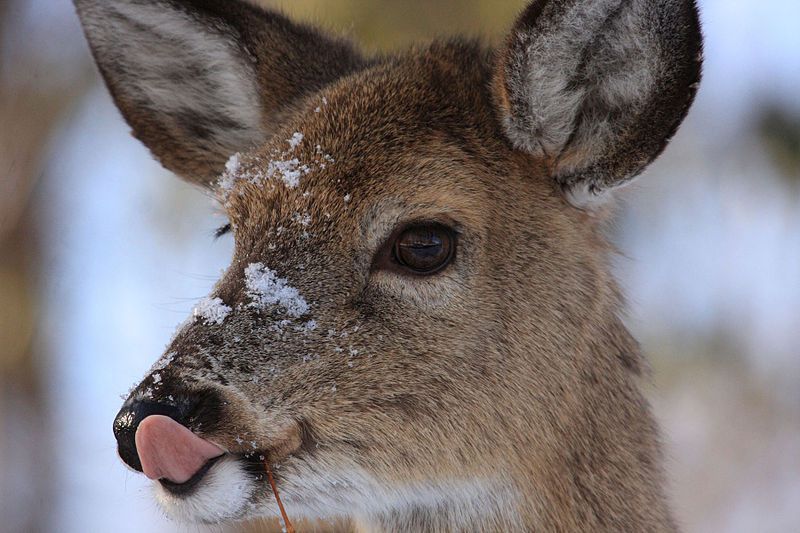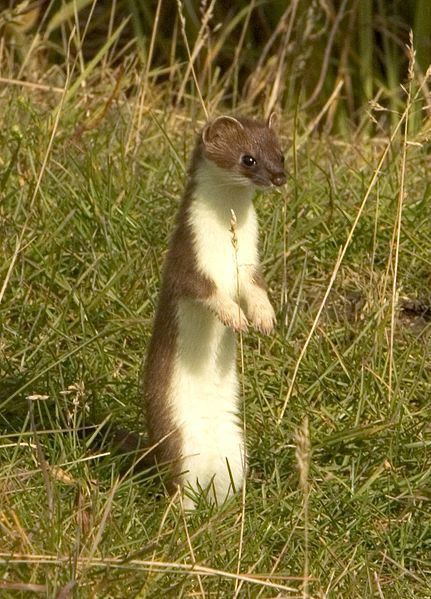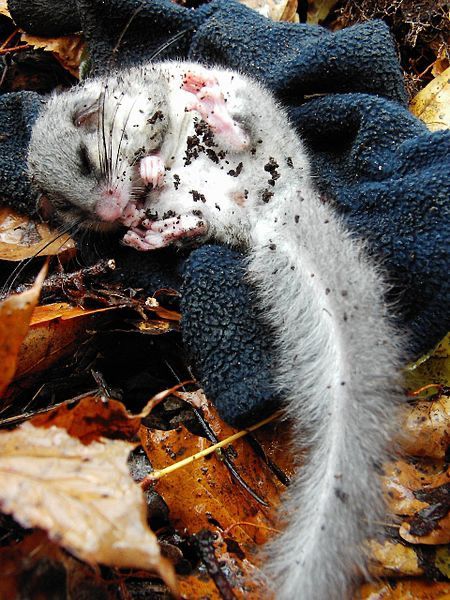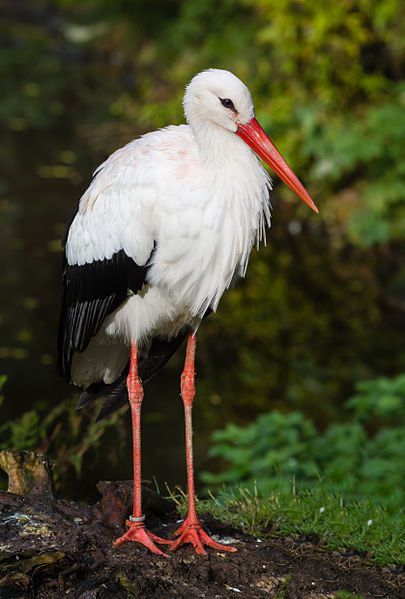Animal Behaviour throughout the Year
Animals follow the seasons very closely. Changes in the length of the day or temperature affect the animals’ hormone production and cause them to behave according to the season. For that reason, animals instinctively know when it’s time for them to mate, build a nest, fly south or stock up on food for the winter.

Changing of Coat

Almost all mammals living in temperate and polar latitudes adapt the structure of their fur to seasonal conditions. This allows them to protect themselves from the cold or to adapt the color of their fur to their environment in order to be camouflaged from predators or prey. The snow hare or the ermine, for example, adapt to their surroundings with a brown fur coat in summer and a white fur coat in winter.



